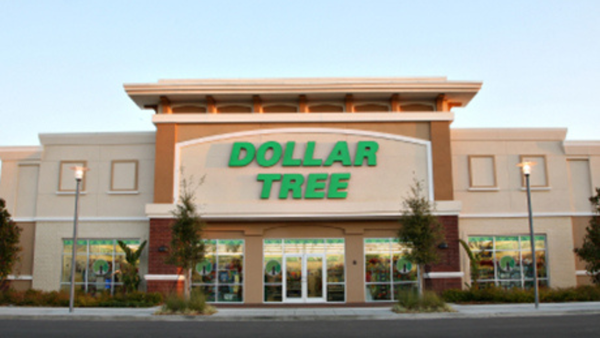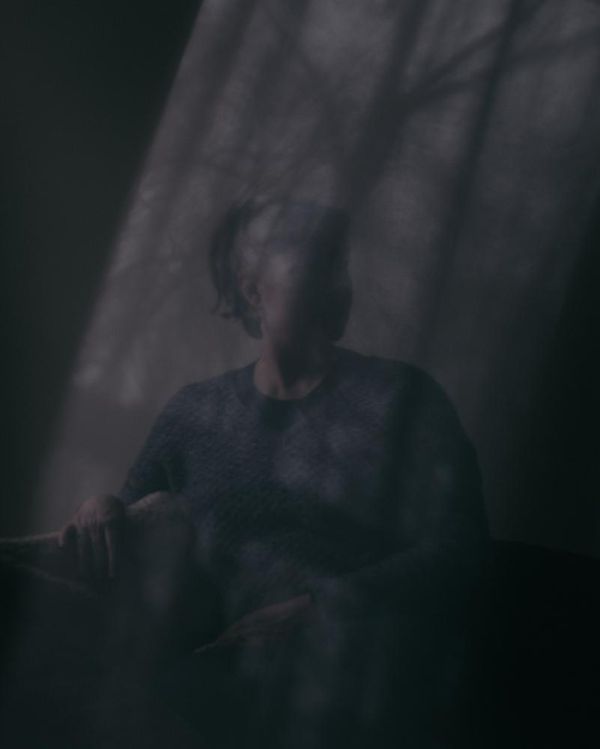
Most runners’ favourite letters of the alphabet are P and B. Combined, they represent weeks of hard work, myriad miles in the legs and a decent dose of discipline. But while writing these letters on Instagram is easy, earning the right to do so is considerably harder.
For this reason, I was in two minds when the team at running coaching app Runna got in touch with a challenge: run 10K, as fast as you can, and we’ll coach you to hit a PB. On one hand, the challenge sounded fun, and a new PB never goes amiss. On the other, I would be signing up for several weeks of religious running, which could be tricky with my somewhat unpredictable schedule.
You see, while I’ve always counted myself as a runner, I’m far from the “covering 70km-plus per week” or “training for an ultra” camps. I run for fun and fitness alongside a varied exercise routine, my distances rarely reach double digits, and the last time I graced the start line of an official running race was the great Bournemouth seafront Santa Dash circa 2011.
My previous 10K PB dates back to 2020, when I decided to see if I could go sub-50 minutes over lockdown. I managed it at the second time of asking, then promptly put running on the back burner and transitioned to a powerlifting programme as gyms reopened.
Five years later felt like a good time to update this personal record, I figured, so I accepted Runna’s offer. As might be expected, things did not go to plan – at all.
What is the Runna app?
If you’ve had a single conversation with a keen runner in recent years, chances are they will have told you about the Runna app. It uses AI to create customised running plans, tailoring the contents to suit your goal, paces, timeframe, calendar, target distance and even the exact race you are preparing for.
It also offers bonus features such as tips, insights and nutrition advice from its resident running coaches, as well as strength training sessions to support your efforts.
Despite only launching in 2021, Runna has exploded in popularity with thousands of users worldwide. Such has been its success that, earlier this year, the app was acquired by exercise-tracking giant Strava.
Read more: How old is too old to pick up running? Here’s what the science says
The Runna training plan
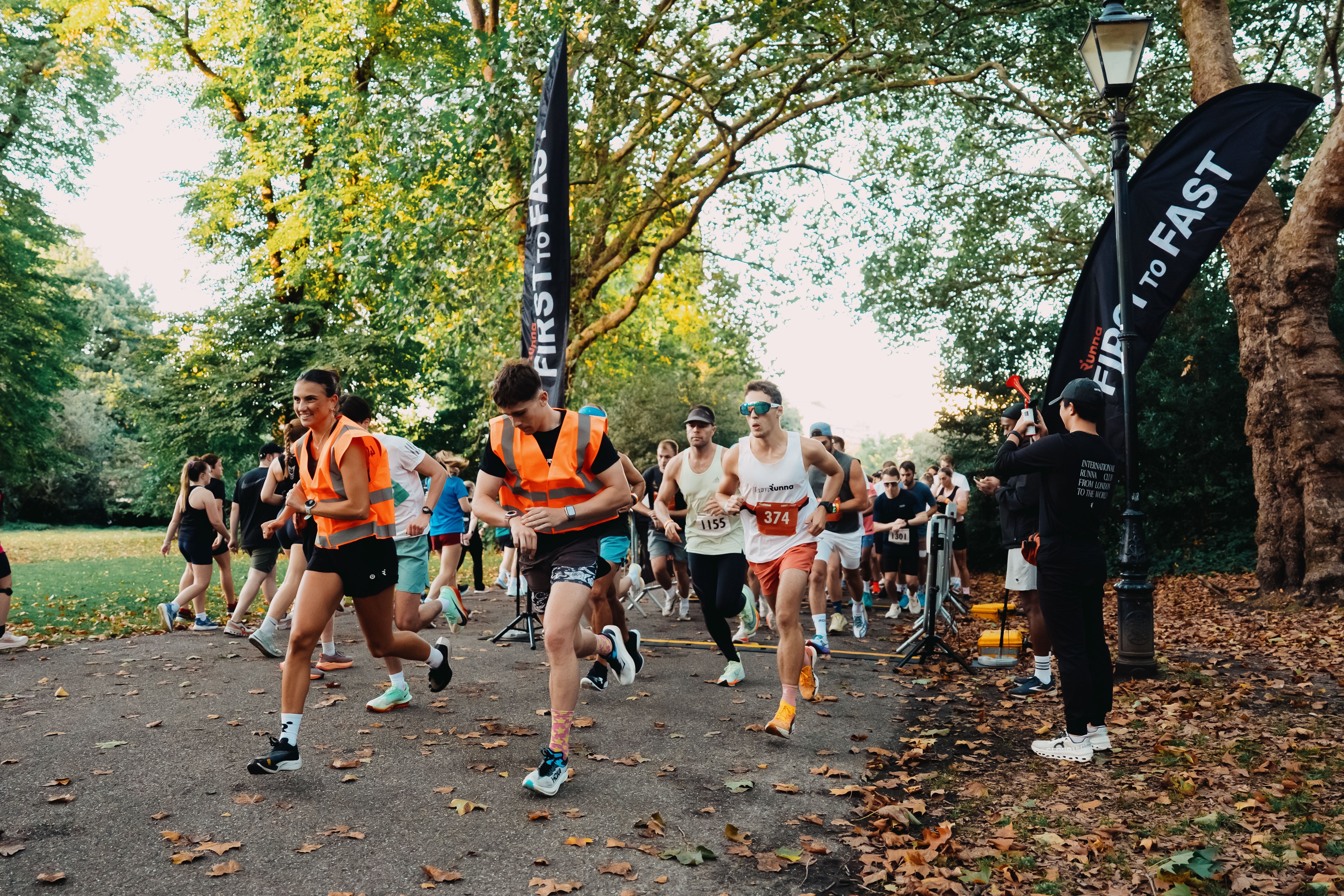
After I set up a Runna profile and entered a few details – including previous PBs over a range of distances – the app calculated that I should be able to run 10km in 44min 10sec to 46min 40sec by the end of my plan. This would mark a significant PB.
However, I was not Runna’s ideal client – far from it. By the time I finally got around to accepting the offer of a 10K plan, there were just four weeks to go until the first to fast 10K event I was hoping to take part in, meaning I started my six-week plan almost halfway through.
For one of these weeks I was hit by a nasty lurgy that saw my performance take a nosedive, and for another I took a last-minute trip to Dorset. I still squeezed my training runs in while on the Jurassic Coast, but the county’s testing topography gave a whole new meaning to my “rolling 400s” session. This put paid to the target paces prescribed by the app, although Runna’s founder Ben Parker later told me this problem could be solved by switching to rate of perceived exertion, or RPE, as my guiding metric.
“When you’re training somewhere hilly, and say you’re doing a progressive run where you get faster throughout, rather than telling you to go from this pace to that pace, it would tell you to start at a five out of 10 effort and progress to a six, and then a seven,” he explains.
Despite the slew of curveballs I threw its way, I thoroughly enjoyed using the app. I was only able to commit to two weekly training runs, but the platform let me choose the days that worked for me, and easily adjust them at the last minute whenever life got in the way.
Read more: Scientists have found a way to make you run faster instantly
When it came to my training days, Runna integrated seamlessly with my Garmin vivoactive 6 to ping each workout to my wrist, then provided mid-run guidance to ensure I hit the desired stimulus of each workout – be that a long run, tempo session or intervals. As someone who has previously set their own running intervals via the slightly fiddly systems available on various smartwatches, this was refreshingly low-effort.
My favourite feature was the real-time pacing advice. This made sure I didn’t set out too hot or take my foot off the gas, but instead held a Goldilocks premium speed to achieve the intended training adaptations. If I strayed outside the suggested pace range, I received a slap (or rather, vibration) on the wrist telling me to rectify the situation.
The plan built me up to a 10km long run to ensure I had the distance in my legs, developed my ability to hold higher speeds with interval sessions, and allowed me to practise my projected race pace. Each day, it also provided useful notes from coaches on how I should approach the next run, as well as insights on supporting behaviours such as sleep, recovery and nutrition.
The sum of these parts? Despite a shoddy sleep, a long dog walk on the morning of the race and a sardine-like train journey from Bristol to London, I turned up at the event in Battersea Park feeling surprisingly well prepared.
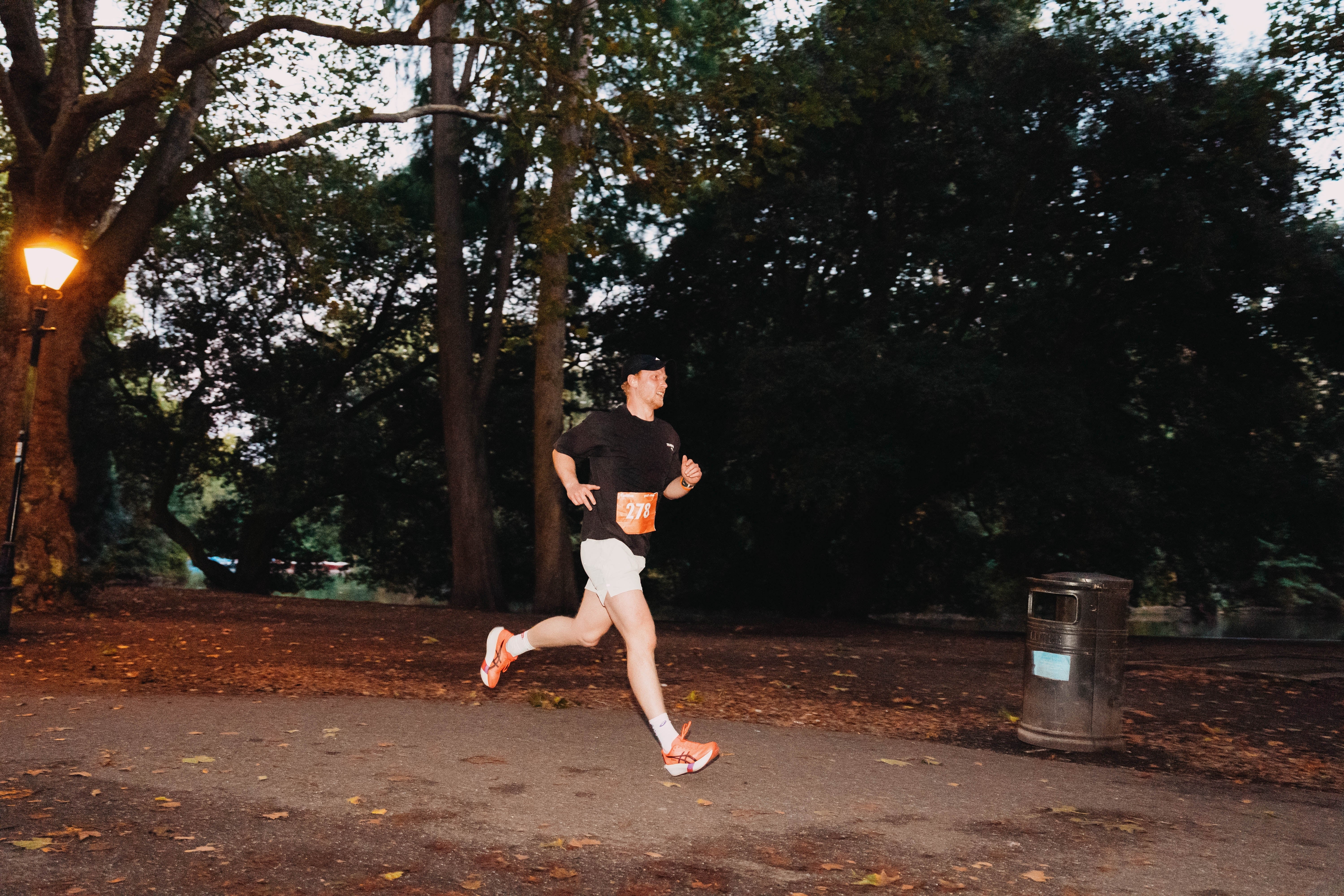
The ‘first to fast’ race
From what I’ve observed while covering the fitness space for the last five years, it tends to operate in “hype cycles”. Different types of exercise take it in turn to come in and out of fashion, and it’s hard to argue against the fact that running sits at the top of this pyramid right now. Parker reckons the reason for this popularity is two-pronged.
“It is the most accessible sport in the world, with reference to equipment,” he tells me. “All you need is a relatively cheap pair of shoes and some old clothes. And to train, you just need your smartphone.
“When lockdown came about, a lot of people realised they want to prioritise their health, and they need to do that in a way that uses minimal equipment, so then running boomed. And it boomed in a way that fed itself with virality, due to the fact that people who run don’t shut up about it. Anyone who achieves any kind of endorphins wants to tell people.”
Running’s stylish status was evident when I arrived at the event in Battersea Park. There was a festival feel, with a series of tents and vendors arranged around a picturesque bandstand, and a DJ churning out tunes throughout.
After a coach-led warm-up, runners made their way to the start line by following a series of pacers dressed in bright orange tabards, each inscribed with the pace they will be leading out; 40 minutes, 45 minutes, 50 minutes. The starts are be staggered based on these time goals. Unsure which one to go for, I nervously lingered between the 45- and 50-minute figures based on the app’s guidance.
Read more: The exact training plan Anya Culling used to run a 2.5-hour marathon
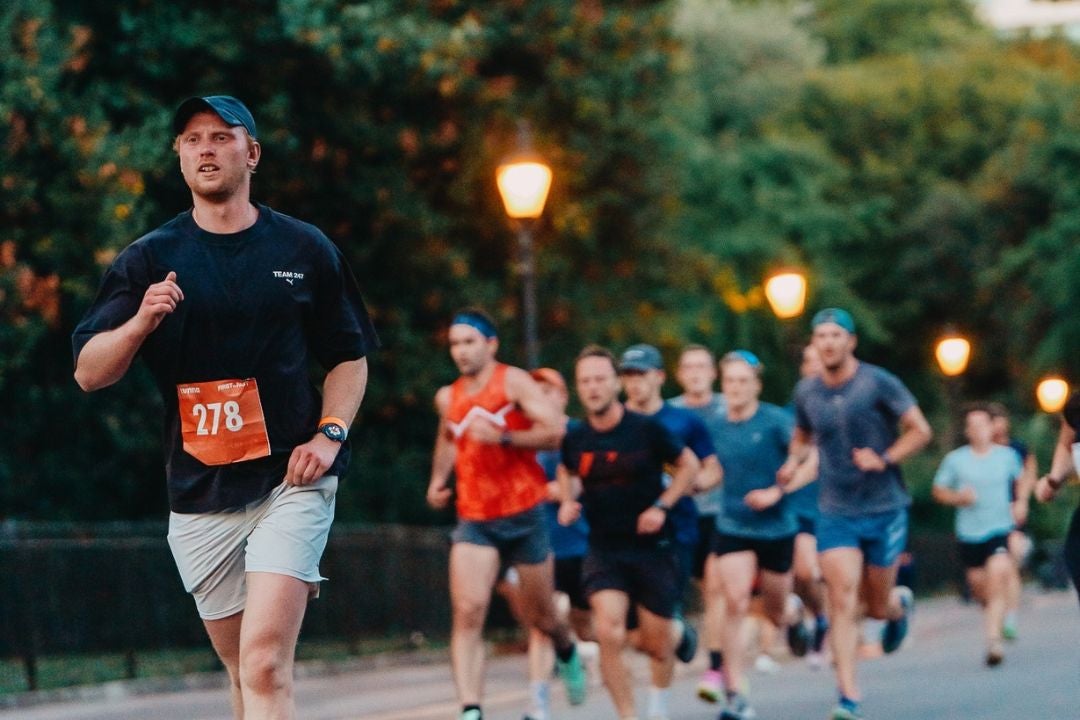
With four 2.5km loops of Battersea Park lying ahead of me, I eased into the race, Parker’s last-minute advice repeating in my head.
“There will be a lot of people around you and you will have a lot of adrenaline, so the natural tendency is just to run really quickly,” he warned me. “But the best way to get a good time is a well-paced run – intentionally not setting off too fast. Then, if you can stay calm and settle into your target pace, and assuming you’re feeling good, you can speed up throughout and aim for slight negative splits.”
I took this guidance on board a little too well, and while my first kilometre felt good, my peeved Garmin let me know my time of 4min 52sec would see me fall short of my 46min 40sec target. I overcompensated with a 4min 22sec second kilometre, buoyed by enthusiastic supporters dotted around the park. After this initial faux pas, I managed to settle into the swing of things, averaging just under 4min 30sec per kilometre over the next three kilometres to take me to the halfway point.
It was at this moment that I started to worry. I felt a bit tired, low on fuel, and was only 50 per cent of the way through. I experienced something similar during my practice 10K long run, and found – placebo effect or otherwise – that an energy gel at around the 6km mark made me feel a bit better. For this reason, I stashed one in my pocket pre-race in case of a repeat event.
Finally, after a little over 40 minutes of running, my watch buzzed to let me know I had 1km to go. At the same time, rhythmic footsteps over my right shoulder alerted me to someone trying to pass me, and my competitive instincts kicked in. I summoned a second wind and upped the pace – the fact that the end was within touching distance temporarily suppressed the dull discomfort of sustained effort that had slowly been taking over my thighs.
And finally, after one last push, I crossed the finish line, gratefully grabbing a medal and a water. An email a few days later confirms my time: 45min 02sec, a PB.
Read more: ‘I cried at mile one’: Nothing could have prepared me for my first London Marathon
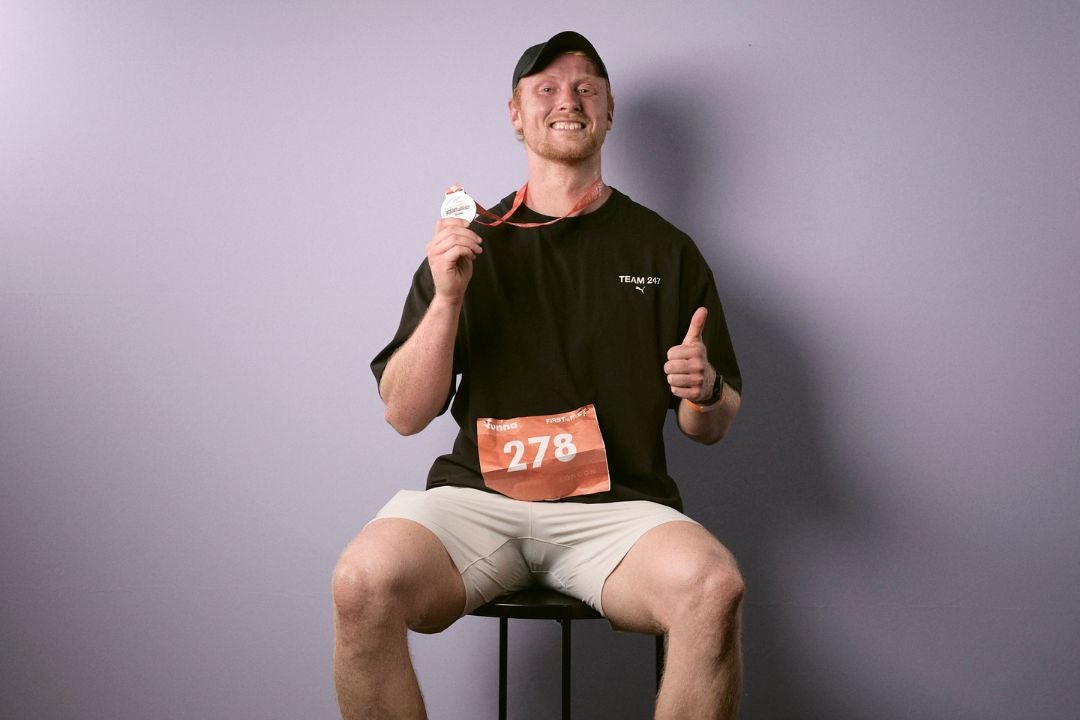
Runna: the verdict
I’m under no illusion that there were no other variables at play in hitting this PB. I’m fitter now than I was in 2020 thanks to an array of different types of training, from CrossFit to rowing. I’ve since worked on my running for a couple of Hyrox races over the last year, albeit focussing on shorter differences, and it’s unlikely I’ve been able to overhaul any run-related physiology too drastically in the space of four weeks.
That said, I’m still mightily impressed with the app. Without its help, I wouldn’t have gained deeper insights into pacing a race, I wouldn’t have known that I tend to flag after 6km, and I definitely wouldn’t have felt race ready in such a short space of time.
Runna proved to be slick, efficient and flexible, working to my routine rather than the other way around. And while in-person running coaches will likely decry the use of AI, the app is brilliant at providing an accessible, low-cost coaching option for those who might otherwise fall off the exercise wagon due to a lack of direction.
“Our customers’ average 5K time is 33 minutes, which is a fairly normal time,” Parker says. “These aren’t the kind of people that know whether they want their training to include this many hills or that many intervals.
Read more: How a drunken epiphany led endurance runner Russ Cook from a nightclub to national treasure status
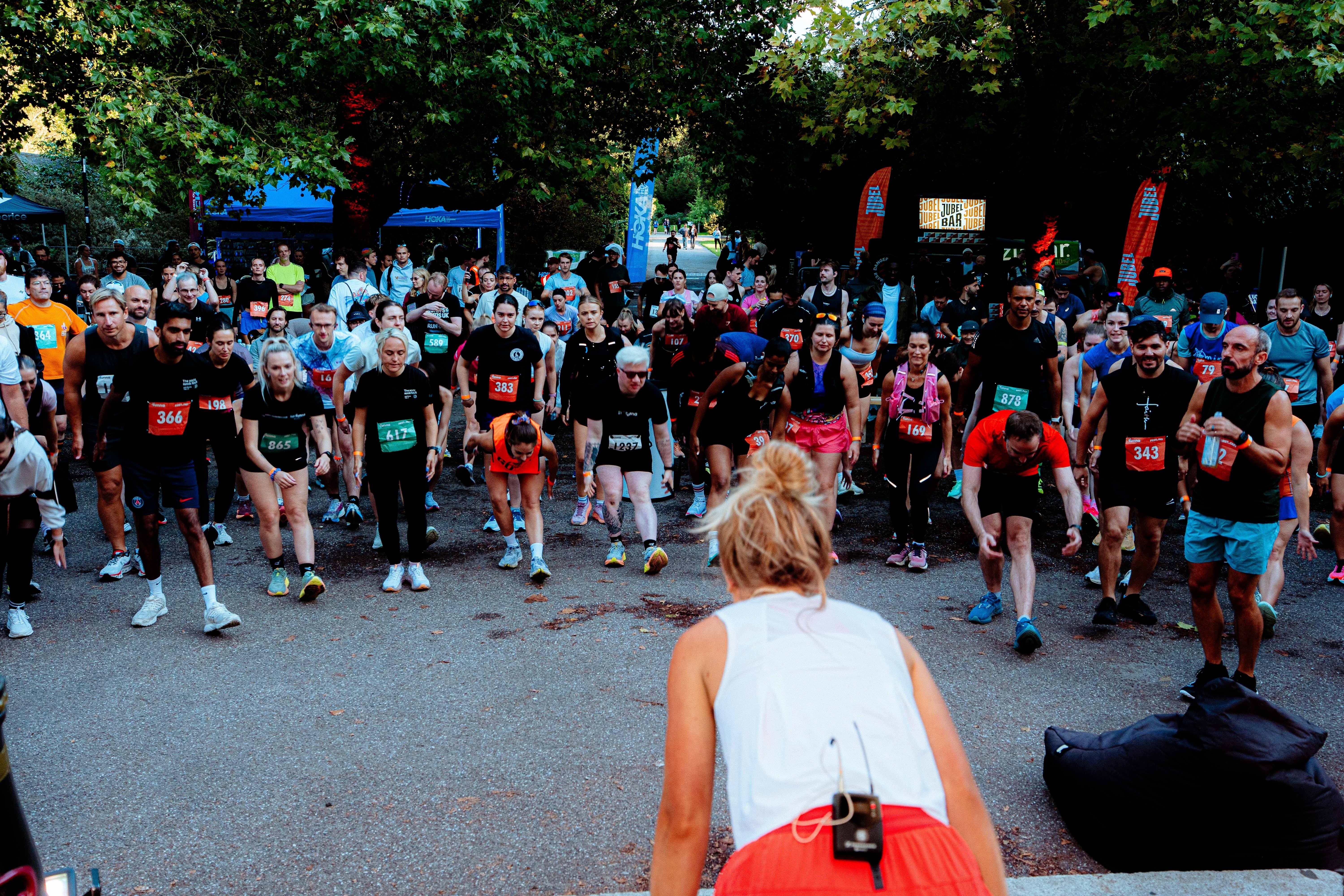
“We simply want to understand what you’re training for, where you’re based, what your running background is, and then we’ll give you the right answer and allow you to change it [based on] what you enjoy. That’s the most important thing.”
Parker also alludes to big plans in the pipeline for Runna, including the recently-announced rollout of the app in seven new languages, as well as his ambitious desire to offer “everything you could ever need from a coach in your pocket, at a fraction of the price, no matter your language, background, running experience or goal”.
“We view ourselves as a very unfinished product – we're 20 per cent of the way to building what Runna will become,” he says. “We are building the functionality for you to say, ‘Oh, I've had the flu this week, adjust my plan’. And that is one of the many, many adaptations we're building so that, whatever happens to you in the real world, Runna will adapt your training. That’s one of the things coming up on the roadmap.”
I’m also impressed by how the app has built a community with such a strong identity, making formal races a central part of its plan.
That’s not to say I don’t understand how entering an official race may seem intimidating to the uninitiated; I was a bag of butterflies on the train up to London for this one. But having that inflexible end goal and purpose to your training is an unbelievably powerful motivator for encouraging you to stick with the plan.
And, when this plan pays off, the feeling is (for me, at least) largely unparalleled. As I pushed the pace for the last kilometre of the race, a glance at the watch told me I was going to hit my 46min 40sec goal. Another look at my wrist even closer to the finish line informed me I was going to be very close to my secret but hopeful target of 45min.
By the final few hundred metres, my grimace had transformed into a gigawatt grin. If an app can help you streamline your efforts and access that moment, whatever your starting level of fitness, it’s a thumbs up from me.
Use code THE INDEPENDENT to sign up for your free Runna account and start your running journey now.


